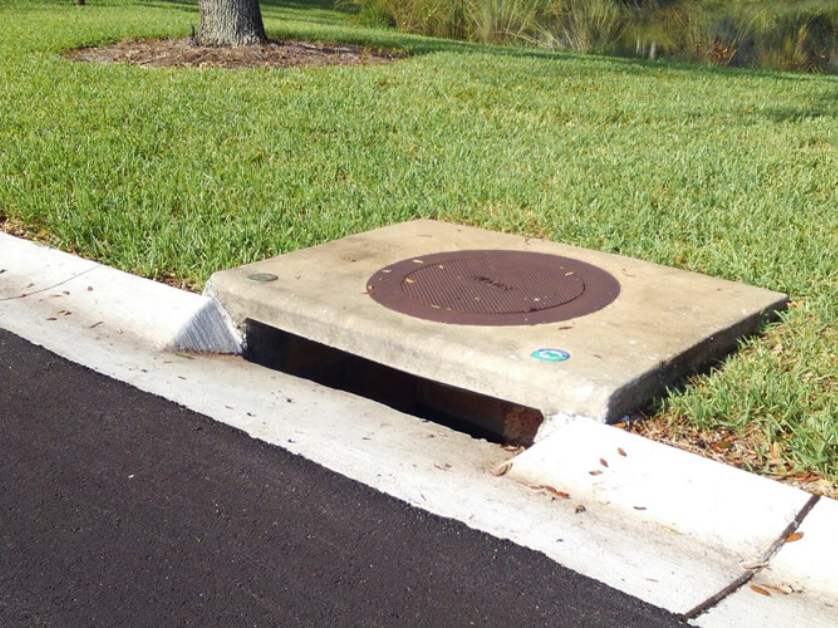
Effectively managing water on pavement surfaces is vital, not just for the longevity of the pavement but also for the safety of those who use it. Whether it’s a roadway, a parking lot, or any other paved surface across Naples, FL, comprehensive drainage design plays a crucial role in preserving pavement integrity. By integrating key principles into surface drainage solutions, we can protect pavement structures from the damaging effects of standing water and ensure their durability over time.

Impermeable Pavement Surfaces
One of the primary defense mechanisms against water damage is ensuring that the pavement surface is impermeable. For hot mix asphalt (HMA) pavements, maintaining air voids at the correct percentage is critical to prevent water permeation. Regular compaction practices and timely sealing of minor cracks are essential maintenance activities to keep HMA pavements water-resistant. On the other hand, Portland Cement Concrete (PCC) pavements typically showcase better impermeability although care must be taken to seal joints and prevent cracks from becoming pathways for water.
Optimizing Slope and Grade for Effective Water Runoff
A well-designed pavement should have an optimal slope to facilitate quick water runoff. A standard 2 percent cross slope is generally accepted to encourage rainwater to flow effortlessly to the pavement’s edges, where it can be managed through curb and gutter systems or roadside ditches. Moreover, ensuring that these curbs and ditches are adequately graded is vital to directing the water towards central collection points efficiently, thus preventing water from accumulating and damaging the pavement structure.
Overall Drainage Plan Considerations
A comprehensive drainage plan is essential for any pavement installation. This plan should account for the size of the drained area, the slope of the surrounding terrain, and the characteristics of the underlying soil, among other factors. Special attention should be given to the presence of underground water sources like springs and the general elevation of the groundwater table to design a drainage system that can effectively manage the water around and under the pavement.
Preventing Erosion and Ensuring Shoulder Drainage
Erosion can pose significant threats to the integrity of pavement structures. Controlling the flow velocity of water using ditches or gutters and incorporating grassed areas can significantly reduce erosion risks. Additionally, ensuring that the pavement shoulders are designed for effective drainage, either by waterproofing them with an asphalt surface or grading them for rapid water dispersal, is imperative to maintain the overall health of the pavement.
Subsurface Drainage: A Necessary Underlayer
Despite the focus on surface water management, it’s crucial not to neglect subsurface drainage. Water can enter the pavement structure from below, increasing the risk of damage from freeze-thaw cycles, and reducing the pavement’s load-bearing capacity. Therefore, incorporating an adequate subsurface drainage system that can effectively channel water away from the pavement structure is also a key element of good pavement design.
Ready to Protect Your Pavement With Professional Drainage Solutions?
When considering pavement installation or maintenance, it’s clear that an effective drainage system is not just an option but a necessity. At Bonness, we understand the importance of integrating robust surface and subsurface drainage solutions into our pavements to ensure their longevity and durability. Whether you’re looking to design a new pavement or enhance the drainage system of an existing one in Naples, FL, our team of experts is ready to assist you.
Don’t let water damage shorten the life of your pavements. Contact us today at (239) 597-6221 or fill out our online form to schedule a consultation. Our team is ready to provide you with the expert advice and services you need to ensure your pavement surfaces are effectively protected from water damage, saving you from costly repairs in the long run.
